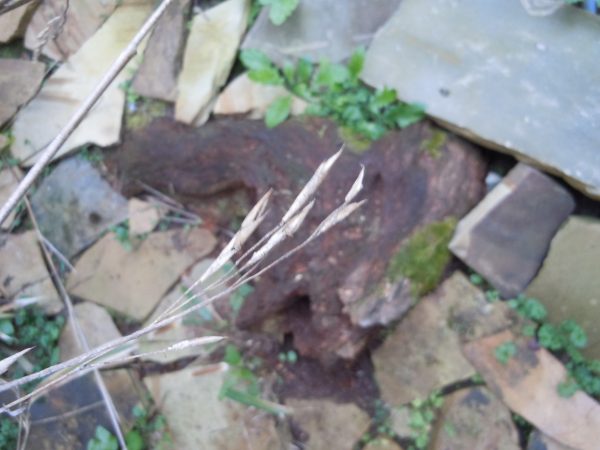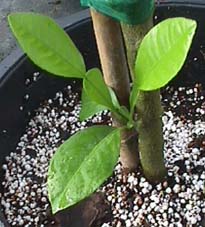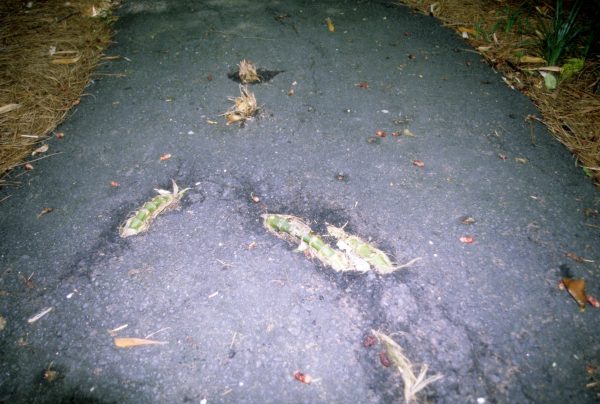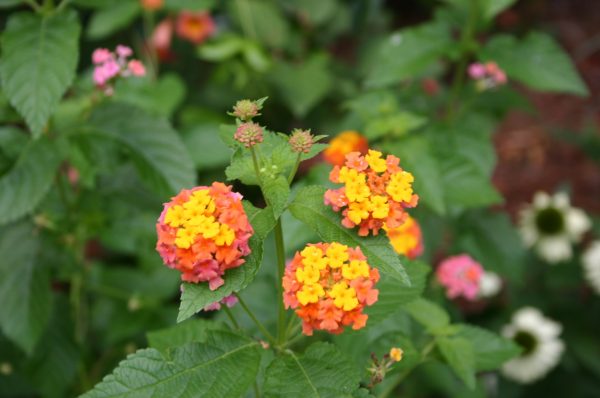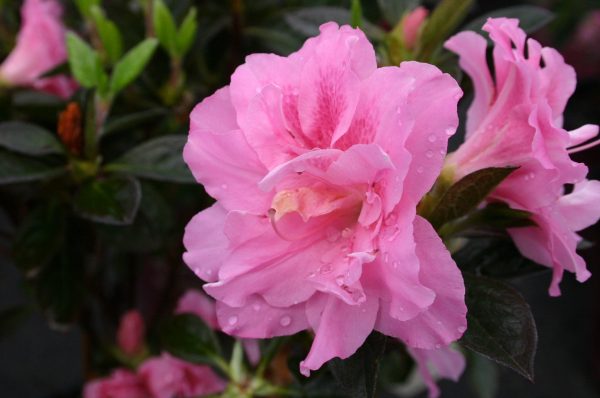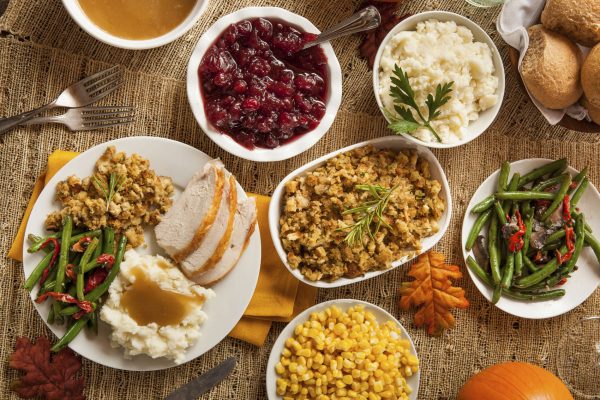Crapemyrtle Pruning – Steve Pettis’ Comments
I like the description here.
Dr. Ed Gillman describes pollarding at his site linked here that “Pollarding is an old technique for maintaining trees at a small size. It has proven itself as a reliable, durable method of maintaining trees at an artificially small size for decades or even centuries for certain trees.”
Pollarding starts with young trees. In the dormant season, top the trees using heading cuts through 2 to 3 year old stems and branches. Each year in the dormant season sprouts are removed back to the point of the original cuts. …large heading cut (s) (that are) too large (are) likely to cause decay. (Smaller cuts are) appropriate (when) made through young wood.
The cutting back of crape myrtles to stubs is in fact pollarding, an acceptable horticultural practice if performed when trees are young. That being said, I think pollarding is a crown reduction method that produces extremely unattractive trees, especially crape myrtles. What’s the point of having flowering trees if the branch structure looks like a fence post with a wig on top? Trees can be maintained at very small sizes and made to look attractive.
I usually tell landscapers that there are better ways to prune their crape myrtles. I do not tell them that the tree will be compromised due to decay (unless they pollard a mature tree), I tell them that it is simply ugly. The tree was planted as an ornamental tree so it should be pruned in the most attractive manner possible, not the easiest. Pollarding is a forestry practice and should be reserved for certain forestry practices. Urban landscapes require a lighter touch.
Steve D. Pettis,
Master’s Degree in Plant Protection and Pest Management
Bachelor of Science – Horticulture
ISA Certified Arborist



